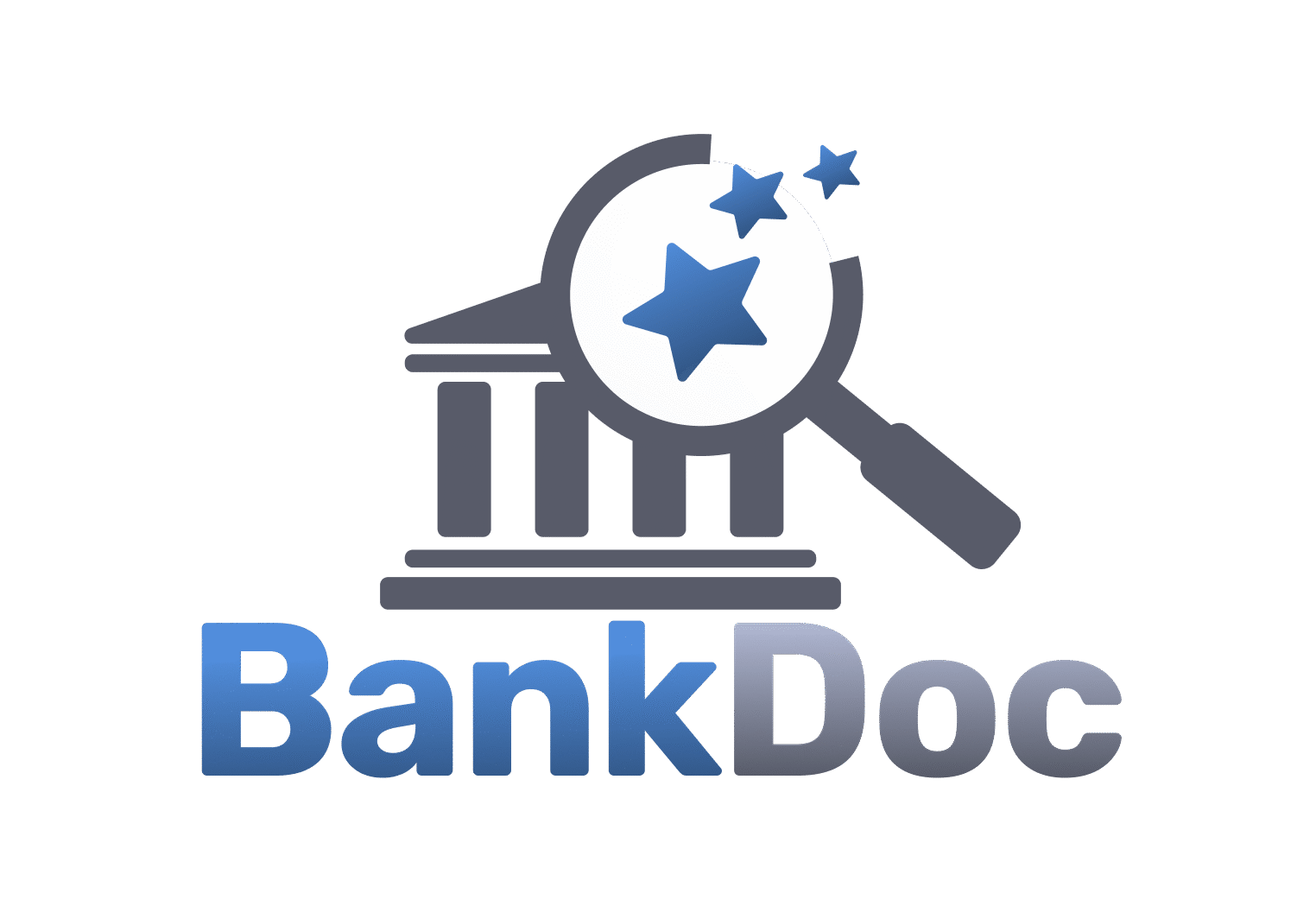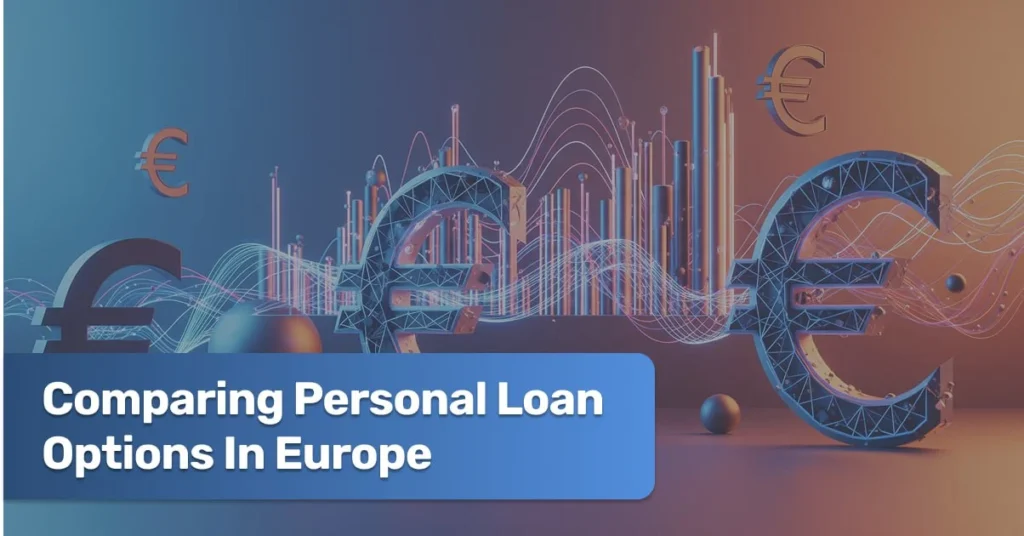In nowadays complex financial landscape, personal loans remain a popular option for European consumers looking to finance everything from home renovations to emergency expenses. However, comparing personal loan options across Europe can be a challenging task due to varying regulations, interest rates, and banking systems among EU member states and neighboring countries.
- What is a Personal Loan?
- Why Compare Personal Loan Options in Europe?
- Key Factors to Compare When Choosing a Personal Loan
- Top Countries for Personal Loans in the EU
- How to Use a Loan Comparison Tool
- Tips for Responsible Borrowing
- Personal Loans vs. Credit Cards vs. BNPL
- Final Thoughts
- FAQ: Personal Loans in Europe
This article is a comprehensive, SEO-rich guide for anyone considering a personal loan in Europe. Whether you live in France, Germany, Spain, or another EU nation, understanding how to assess and compare personal loans is crucial for smart borrowing.
What is a Personal Loan?
A personal loan is an unsecured loan provided by a bank, credit union, or online lender that you repay in fixed monthly installments. Unlike mortgages or auto loans, personal loans can be used for nearly any purpose, including:
- Home improvements
- Medical bills
- Debt consolidation
- Travel or weddings
- Emergency expenses
Because personal loans are unsecured, the lender doesn’t require collateral, but your credit score and financial history will strongly influence the approval process and loan terms.
Why Compare Personal Loan Options in Europe?
Europe is a diverse financial market. Each country has unique lending regulations, interest rates, and fintech ecosystems. Here is why comparing personal loan offers is essential:
- Interest rate variations across borders
- Different credit evaluation models (e.g., Schufa in Germany vs. Banque de France records)
- Fees, early repayment penalties, and insurance rules
- Innovative online lending platforms, emerging across the EU
Comparing loan options helps consumers secure better deals and avoid unnecessary fees or poor terms.
Key Factors to Compare When Choosing a Personal Loan
1. Interest Rates (APR)
The Annual Percentage Rate (APR) includes both the interest rate and any additional fees. This is the most important number to compare.
- In Germany and Austria: personal loan APRs typically range from 3%-7%
- In Spain and Italy: rates can be higher, up to 8%-12%
- In Nordic countries like Sweden and Finland, rates tend to be more competitive
Tip: Use loan comparison platforms like Check24 (Germany), Younited Credit (France, Italy, Spain), or Raisin to find the best APRs.
2. Loan Amount and Term
Lenders offer different minimum and maximum loan amounts. In general:
- Typical loan amounts: €1,000 to €75,000
- Loan terms: 6 months to 10 years
Shorter terms mean higher monthly payments but less interest overall. Longer terms reduce monthly payments but increase total cost.
3. Eligibility and Credit Check
Lenders assess:
- Credit history (national credit bureaus vary by country)
- Income and employment status
- Existing debts
- Residency and identification (proof of address, ID, tax number)
Some lenders offer soft credit checks for pre-approval without affecting your credit score.
4. Fees and Penalties
Watch for:
- Origination fees (a percentage of the loan amount)
- Late payment penalties
- Early repayment penalties
- Compulsory insurance (often seen in French and Italian lending systems)
Always read the fine print in the European Standardized Information Sheet (ESIS) provided by lenders.
5. Digital vs. Traditional Lenders
Traditional Banks:
- BNP Paribas (France)
- Santander (Spain)
- ING (Netherlands, Belgium)
- Deutsche Bank (Germany)
Online and Neo-Lenders:
- Younited Credit (France, Italy, Spain, Germany)
- Ferratum (operating across Nordics and Baltics)
- N26 (Germany-based digital bank offering credit via partners)
- Monedo (Germany)
- Moneezy and LoanScouter (EU-wide comparison platforms)
Fintech lenders typically offer faster approvals, better user interfaces, and instant digital contracts.
Top Countries for Personal Loans in the EU
| Country | Avg. APR (2025 est.) | Unique Feature |
|---|---|---|
| Germany | 3.5% – 6.5% | Strong fintech sector (e.g., N26, Smava) |
| France | 2.9% – 5.9% | Regulated insurance bundling with loans |
| Spain | 5% – 11% | High competition among online lenders |
| Italy | 6% – 10% | Prevalence of traditional banking channels |
| Netherlands | 4% – 7% | Consumer-friendly early repayment laws |
| Sweden | 3% – 6% | Transparent digital lending environment |
| Poland | 6% – 14% | High usage of non-bank credit providers |
How to Use a Loan Comparison Tool
European consumers should consider using regulated, EU-compliant platforms such as:
- LoanScouter.eu – Pan-European comparison site with APR breakdowns
- Smava.de – Germany based, real time offers from dozens of lenders
- Younited-credit.eu – Available in multiple countries and directly issues loans
- Check24.de – Germany’s leading comparison site for loans, insurance, and utilities
Make sure the platform is GDPR-compliant, offers soft checks, and uses Open Banking APIs when available for seamless account evaluation.
Tips for Responsible Borrowing
- Borrow only what you need – Excess funds can encourage overspending.
- Check your credit report – Correct any errors before applying.
- Avoid loans for luxury or lifestyle – Focus on essential or value-creating use.
- Choose the shortest term you can afford – Saves you on interest.
- Always read the ESIS – It provides a standardized comparison layout across lenders in the EU.
Personal Loans vs. Credit Cards vs. BNPL
| Feature | Personal Loan | Credit Card | Buy Now, Pay Later (BNPL) |
|---|---|---|---|
| Purpose | Lump-sum financing | Ongoing purchases | Short-term purchases |
| Interest Rate | Lower (typically) | Higher | 0% for short term, then spikes |
| Repayment Term | Fixed | Revolving | Usually up to 3-6 months |
| Approval Speed | Moderate to Fast | Fast | Instant |
Personal loans are better for large, one-time needs (e.g., car repair, debt consolidation), while BNPL and credit cards suit small purchases.
Final Thoughts
The European personal loan market is evolving rapidly, thanks to digital innovation and cross-border regulation. As a borrower, understanding the differences between national lending environments, comparing interest rates, and evaluating fintech vs. traditional lenders is crucial.
Take your time to compare, calculate, and choose a loan option that matches your financial goals, and not just your immediate needs.
FAQ: Personal Loans in Europe
European borrowers can choose from unsecured personal loans, secured loans (using collateral), overdraft facilities, credit cards, and refinancing options like balance transfers or credit consolidation
Rates depend on your credit score, income and employment stability, loan amount and duration, whether the loan is secured or unsecured, and broader market conditions.
Fixed-rate loans offer consistent monthly payments and predictable costs.
Variable-rate loans may start with lower interest but can change over time, potentially increasing costs if market rates rise.
Typical fees include origination or setup charges, early repayment penalties, late payment fees, administration or servicing fees, and sometimes insurance or guarantee fees
Compare offers from banks, credit unions, and online lenders. Look at the annual percentage rate (APR), total repayment amount, applicable fees, loan terms, and lender reliability
Yes. Refinancing lets you take a new loan at better rates or longer terms to pay off existing debt. Consolidation combines multiple debts into a single monthly payment, which can simplify budgeting and reduce interest
Each lender has its own criteria, but generally, a good credit history, steady income, and low debt/income ratio increase your chances of approval and better rates
Alternatives include peer-to-peer lending platforms, borrowing from family, using a credit card, or applying for microloans. You could also save up before borrowing to reduce the amount needed

